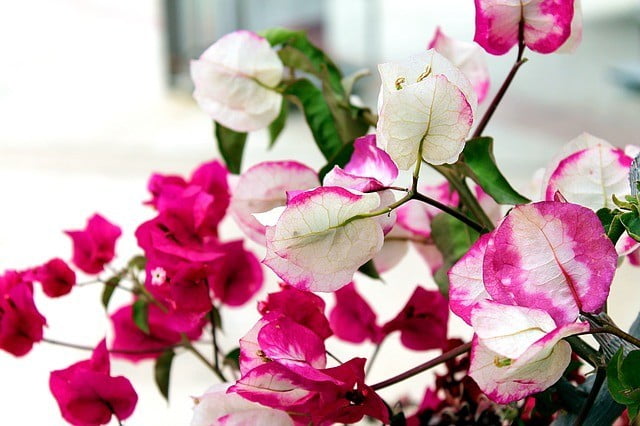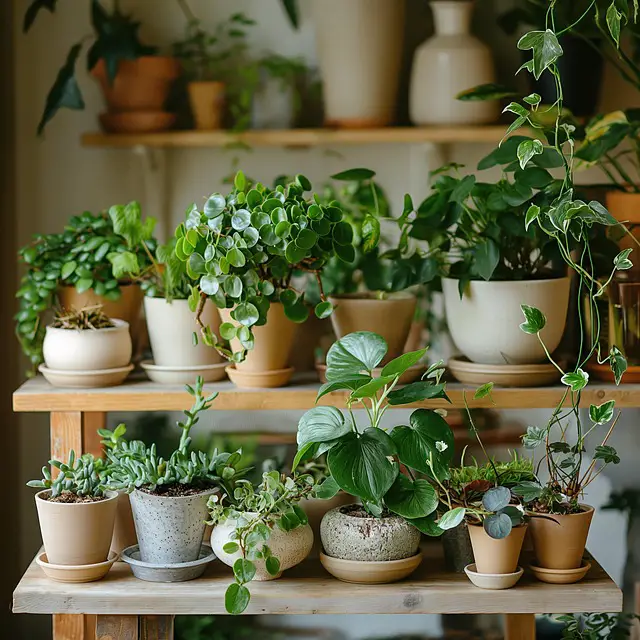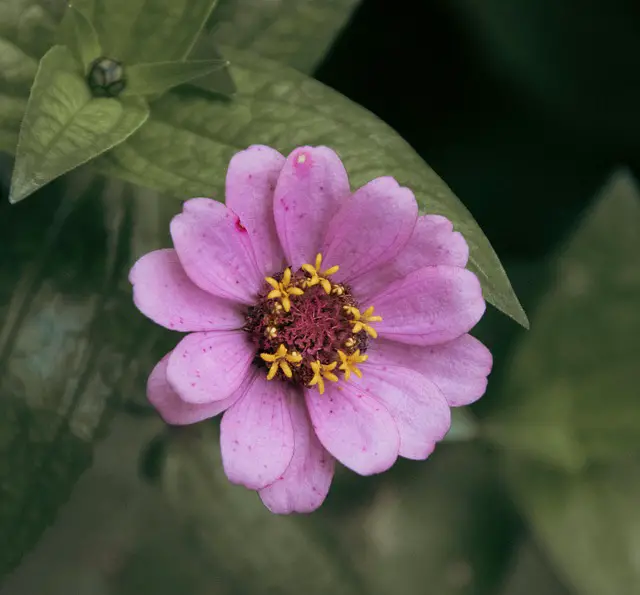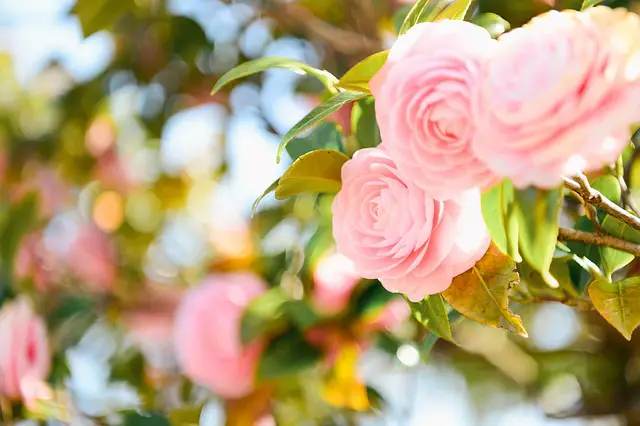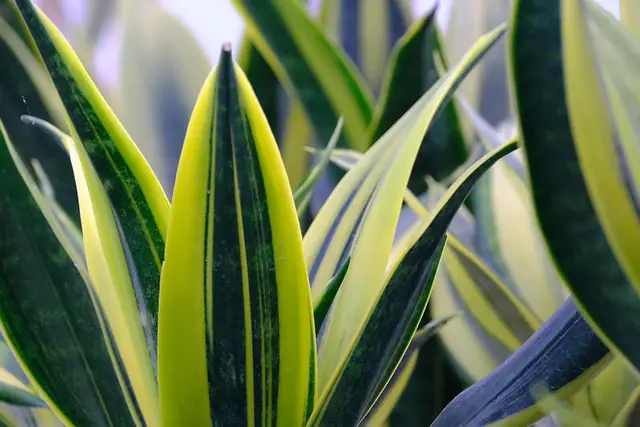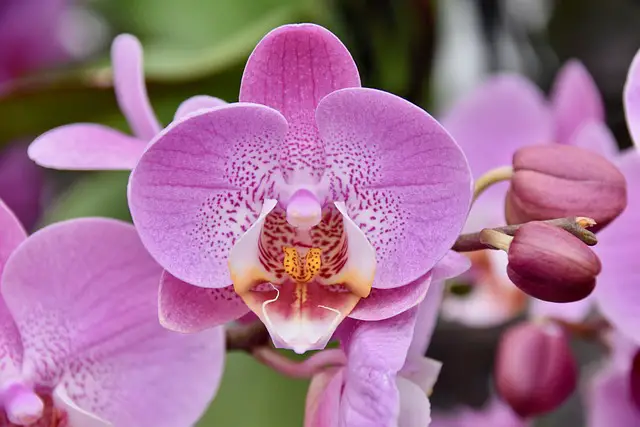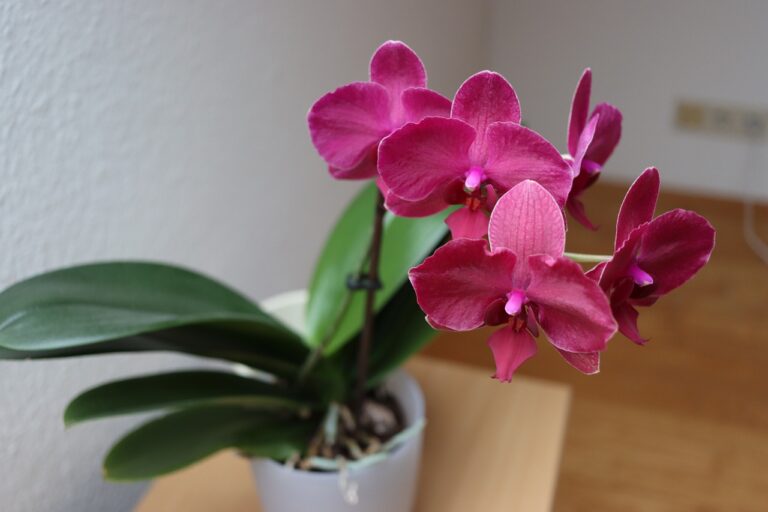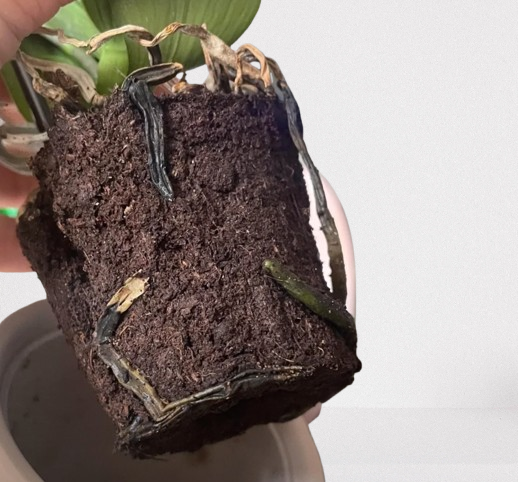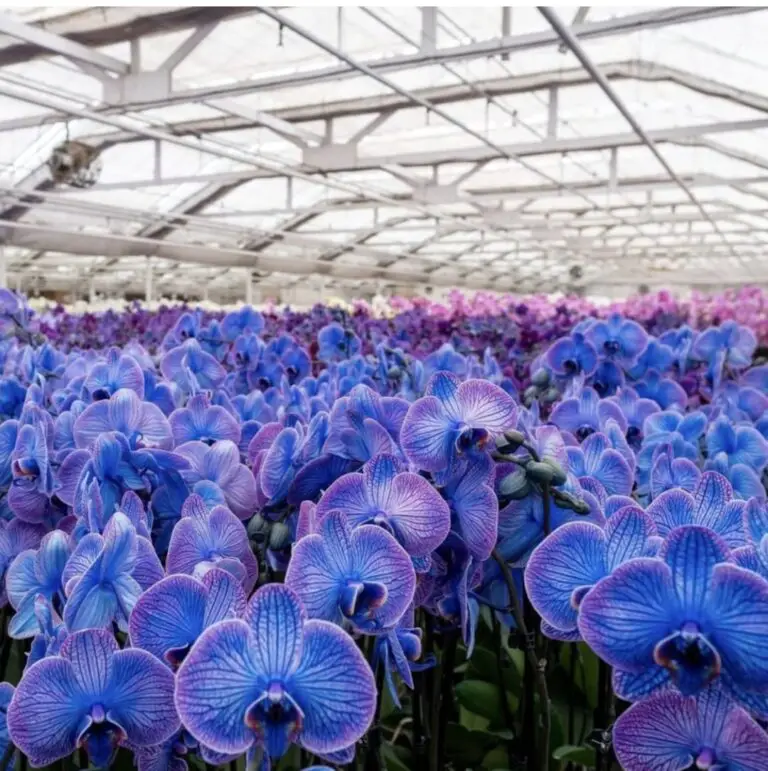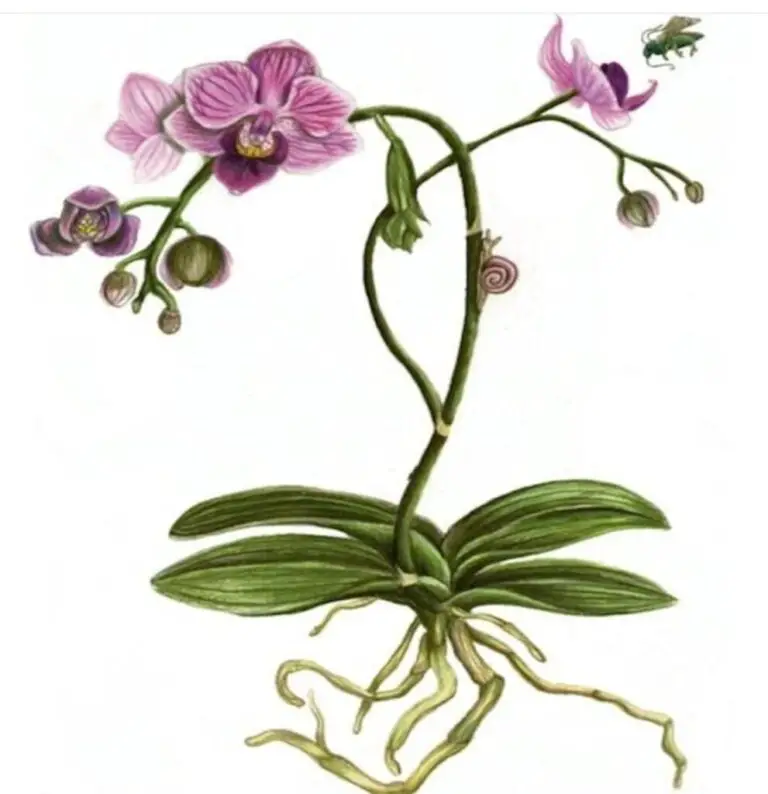Bougainvillea care is simpler than it seems when you understand its needs. This stunning, fast-growing plant is loved for its vibrant, paper-like bracts that add a splash of color to any garden, balcony, or indoor space. Whether you’re growing it in a pot, training it on a trellis, or letting it sprawl as a ground cover, providing the right
conditions will ensure long-lasting blooms and vigorous growth. While Bougainvillea is known for its resilience, it thrives best with proper sunlight, watering, pruning, and fertilization. Many gardeners struggle with getting consistent blooms, but with the right approach, your Bougainvillea can flower almost year-round. In this guide,
you’ll discover 11 expert tips to keep your Bougainvillea healthy, lush, and full of color. Whether you’re a beginner or an experienced gardener, these care techniques will help you achieve stunning results with minimal effort. Let’s dive in and transform your garden into a Bougainvillea paradise!

- 1 Bougainvillea History and Origins
- 2 Varieties of Bougainvillea
- 3 Bougainvillea Care
- 4 How to Grow Bougainvillea
- 5 Ideal Growing Conditions
- 6 Planting and Repotting
- 7 Watering Needs
- 8 Feeding and Fertilization
- 9 Pruning for Maximum Blooms
- 10 Common Problems and How to Fix Them
- 11 Winter Care Tips
- 12 Final Thoughts
Bougainvillea History and Origins
Native to South and Central America, bougainvillea was first discovered in the 18th century by French explorer Louis Antoine de Bougainville. Since then, it has spread across warm regions worldwide, becoming a favorite in Mediterranean gardens, coastal landscapes, and tropical homes.
Its colorful “flowers” are actually paper-thin bracts, which surround small, white, tubular blooms. These bracts can be found in a variety of colors, including magenta, purple, orange, red, yellow, and white. Bougainvillea is not only admired for its beauty but also for its resilience in tough conditions, making it an excellent choice for beginner gardeners.
Varieties of Bougainvillea
With over 250 cultivars, bougainvillea comes in various shapes and sizes. Some popular varieties include:
- Bougainvillea ‘Barbara Karst’ – Known for its deep magenta bracts, this variety is one of the most cold-tolerant and popular choices for home gardens.
- Bougainvillea glabra – A low-growing variety ideal for containers and hanging baskets. It’s easy to maintain and has a slightly more delicate growth habit.
- Bougainvillea ‘Golden Glow’ – Features bright yellow bracts that bring a warm and cheerful touch to any space.
- Bougainvillea spectabilis – A vigorous climber with large, showy bracts, perfect for covering walls, fences, or pergolas.
Choosing the right variety depends on your climate, space, and gardening goals. If you prefer a compact plant for a patio or balcony, dwarf varieties are best. For those wanting a dramatic display, climbing varieties work well along trellises and wall
Bougainvillea Care
How to Grow Bougainvillea
Bougainvillea thrives in warm, sunny conditions. Here’s how to give it the best start:
Choose the right pot or ground space – Bougainvillea prefers well-draining soil and does best in pots or garden beds with ample room for its roots. Containers are a great choice if you need to bring the plant indoors for winter protection.
Provide strong support – If growing as a vine, install a trellis, fence, or wall for the plant to climb. Bougainvillea needs support to grow upward and display its full beauty.
Use quality soil – A well-draining, slightly acidic soil (pH 5.5–6.5) is ideal. A mix of sandy loam and compost works well, preventing root rot while still holding enough nutrients for strong growth.
Ideal Growing Conditions
Bougainvillea thrives when given the right environment. Here’s what it needs:
Sunlight: Requires at least 6 hours of full sunlight daily. The more sunlight it gets, the more abundant the blooms will be.
Temperature: Prefers warm temperatures (above 10°C / 50°F). If temperatures drop below this, bougainvillea may lose its leaves and enter dormancy.
Humidity: While it tolerates dry conditions, moderate humidity promotes better growth. If grown indoors, occasional misting can help maintain healthy foliage.
If you live in a colder climate, consider growing bougainvillea in a pot so you can bring it indoors during winter. A sunroom or heated greenhouse provides the best environment for overwintering potted bougainvillea.
Planting and Repotting
When to Plant or Repot Bougainvillea
The best time to plant or repot bougainvillea is in early spring, just before the growing season begins. This allows the plant to establish itself and grow vigorously during warmer months. If the plant outgrows its container, repot it every 2–3 years.
How to Repot Bougainvillea:
Choose a pot 2 inches larger than the current one to allow space for root expansion without overwhelming the plant.
Use well-draining potting soil mixed with sand or perlite to maintain proper aeration.
Handle roots carefully, as bougainvillea dislikes being disturbed. Rough handling can cause transplant shock and slow down growth.
Water lightly after repotting to help the plant settle into its new home, but avoid overwatering to prevent root rot.
Watering Needs
Bougainvillea is drought-tolerant and doesn’t need frequent watering. Overwatering can lead to root rot and excessive foliage growth at the expense of flowers.
Young plants: Water when the top inch of soil feels dry. Young bougainvillea needs consistent moisture to establish a strong root system.
Mature plants: Water deeply every 2–3 weeks in warm months. Established plants thrive with deep, infrequent watering, mimicking their natural dry habitat.
Winter months: Reduce watering significantly when the plant goes dormant. Overwatering during dormancy can cause stress and lead to fungal issues.
Feeding and Fertilization
A balanced feeding routine ensures healthy growth and abundant blooms.
- Best fertilizer: A high-potassium fertilizer (e.g., 10-10-30 or 15-30-15) encourages blooming and enhances flower color.
- Feeding schedule: Fertilize every 4 weeks during the growing season (spring to early autumn) to sustain vigorous flowering.
- Organic options: Compost tea, bone meal, or diluted fish emulsion can also promote strong growth and enrich the soil naturally.
Avoid high-nitrogen fertilizers, as they encourage leafy growth instead of flowers. Bougainvillea naturally thrives in nutrient-poor soils, so excessive feeding can lead to more leaves and fewer blooms.
Pruning for Maximum Blooms
Pruning keeps bougainvillea healthy and encourages continuous flowering.
When to prune: Late winter or early spring before new growth begins. This ensures that the plant enters the growing season in its best shape.
How to prune:
Trim dead or weak branches to improve air circulation.
Shape the plant by cutting overgrown sections for a more compact, bushy form.
Remove old blooms to stimulate new flower production.
Wear gloves when pruning, as bougainvillea has sharp thorns. Regular pruning maintains a neat, attractive shape while boosting flowering potential.
Common Problems and How to Fix Them
Even with the best care, bougainvillea can encounter issues. Here’s how to solve them:
Leaves dropping? Likely due to temperature stress or overwatering. Keep the plant in a warm spot and water less frequently.
No flowers? It may be receiving too much nitrogen. Reduce feeding and increase sunlight exposure to encourage blooming.
Pests like aphids or whiteflies? Spray neem oil or introduce natural predators like ladybugs to keep infestations under control.
Winter Care Tips
If you live in a cold region, winter protection is essential.
Outdoor plants: Cover with frost cloth or mulch around the base to insulate roots from freezing temperatures.
Potted plants: Bring them indoors before the first frost. A bright, warm location such as a sunroom is ideal.
Reduce watering: Water only when the soil is completely dry to prevent root rot during dormancy.
Bougainvillea may lose its leaves in winter but will bounce back in spring with proper care.
Final Thoughts
Bougainvillea is a low-maintenance but rewarding plant that adds stunning color to any space. By providing ample sunlight, well-draining soil, and occasional pruning, you can enjoy vibrant blooms year after year.
:
